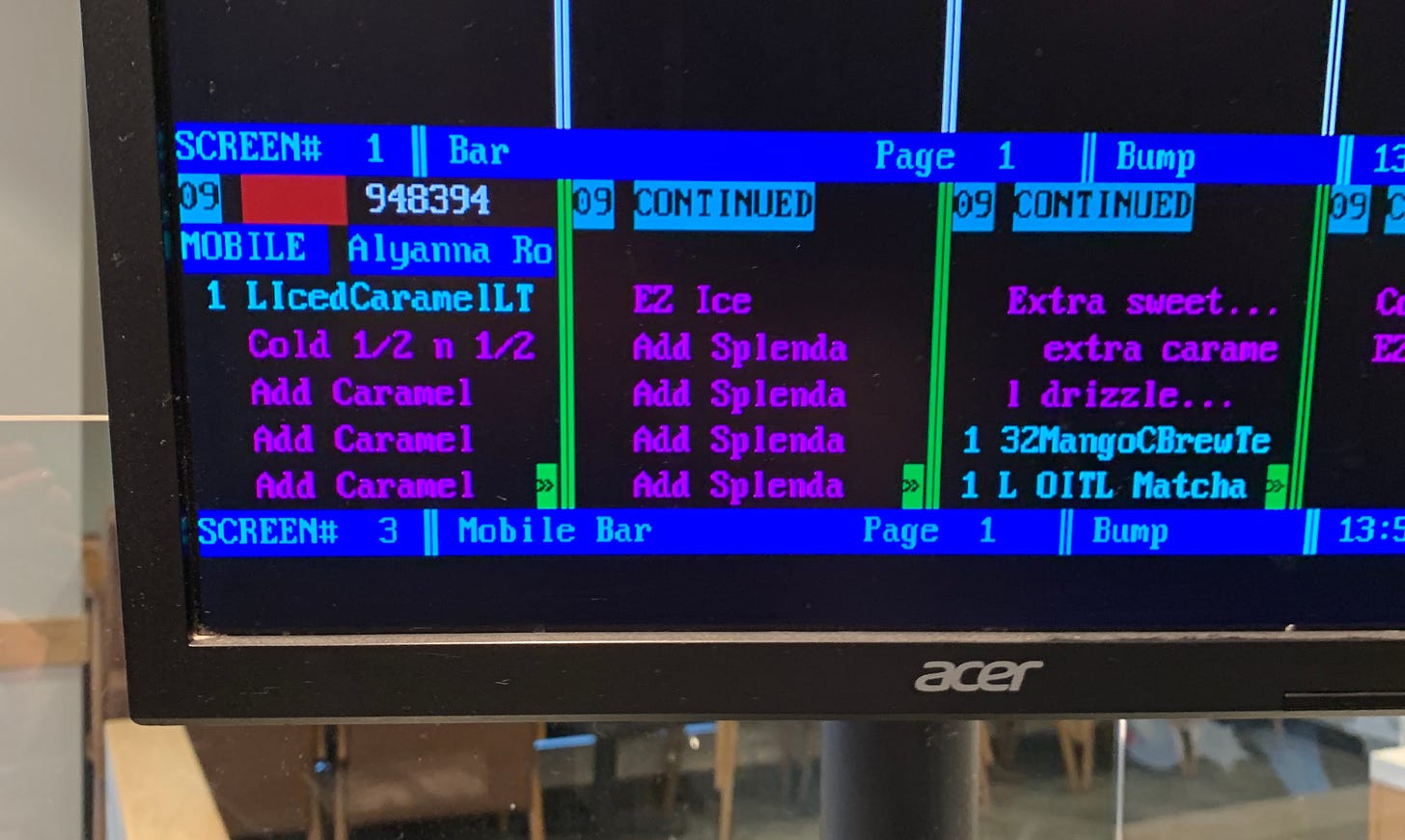As a child, I was a picky eater. In fact, I liked almost nothing. “Just plain noodles” was a staple in my household. No sauce, no cheese, no butter, just plain. Perhaps a dash of salt if I was feeling adventurous.
I also didn’t like whipped cream. When I ordered a hot chocolate as a kid, I always had to tell the barista to leave it off. (Actually, it was my mother who made the request for me. I was too busy being scared of people.) Now I’m sure my legions of Gen Z readers are confused right now. “Why did you have to ask for no whipped cream? Did the barista not dutifully inquire as to your dietary preferences?” Nope. In those days, all hot chocolates were created equal. Regular milk, regular chocolate, a clump of whipped cream, and a temperature that was certain to burn over-eager toddler tongues.
Now when you order hot chocolate, most baristas will ask if you want whipped cream. I can’t help but feel that I’m responsible for this. And if this is the case, I would like to apologize because I had no idea what I had unleashed. It has become standard for restaurants to allow people to custom-design every item they order. And having worked myself as a barista for several years, I can tell you that most people have a very high opinion of their recipe-enhancement skills. They always seem to know something that the professionals don’t.

How did we get to this point where everyone wants to modify every element of every experience? How perfect do you think you can make your meal? If you tell a Thai waiter that your food should be a 3.5/10 level of spicy, I suggest that you cook for yourself. Or if you find yourself requesting that your salad is to be dressed “not too much but not too little,” it’s time to finally reckon with your personal unhappiness.
At the risk of sounding hypocritical, I should mention that I still do occasionally request modifications myself. My pickiness has gotten much better, but there remains work to be done. I do have a system, however. When I get a menu, I first scan for any options I can order without requesting changes. If that proves unsuccessful, I try to keep my modifications to one or two non-essential ingredients. “I’ll have the tofu scramble, but hold the mushrooms please” seems like a reasonable request. “I’ll have the tofu scramble, but no tofu and don’t scramble it,” not so much.
Some restaurants have taken a stand. When I see “no substitutions” on a menu, I sort of admire that defiance. “No substitutions, no exceptions” is even more ballsy. All-or-nothing statements may not be ideal, but perhaps they’re necessary. “No unreasonable substitutions” would not work because I guarantee you that in someone’s mind, requesting a caprese sandwich with “swiss instead of mozzarella, hold the tomatoes, add banana peppers, onions, and pastrami, and switch the ciabatta roll to a sesame bagel” is perfectly reasonable. Humans are batshit crazy, in case you hadn’t noticed. Although an imperfect antidote, society must institute rules to contain the madness.
Then again, if “no substitutions, no exceptions” were the law of restaurant-land, I probably would not have eaten out until I was 22 years old. In fact, a lot of children would not be able to go to restaurants, which obviously would be a wonderful thing, but what about the adult children? What would we do with them?
I propose that we have special clearly-marked restaurants that allow patrons to customize to their heart’s content. These places will be a haven for picky kids and grown-ups who feel entitled to choose the quantity of chickpeas in their curry. It will be a lovely five-hour dining experience. For all other food establishments, the menu shall be immutable and any modifications will have to be made by the customer, not the chef. If that means I have to scoop off the whipped cream into the trash, that is a sacrifice I am willing to make.



